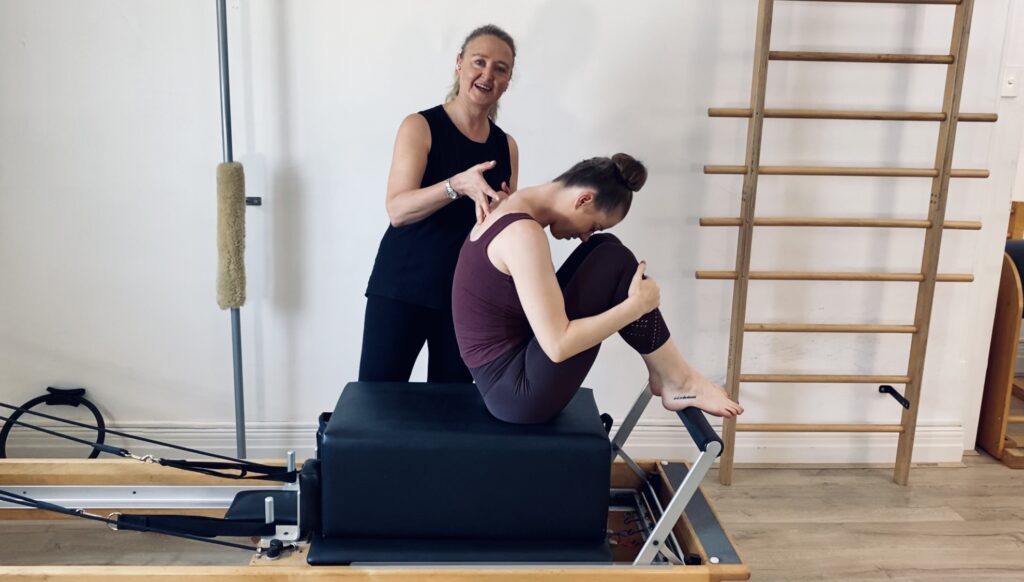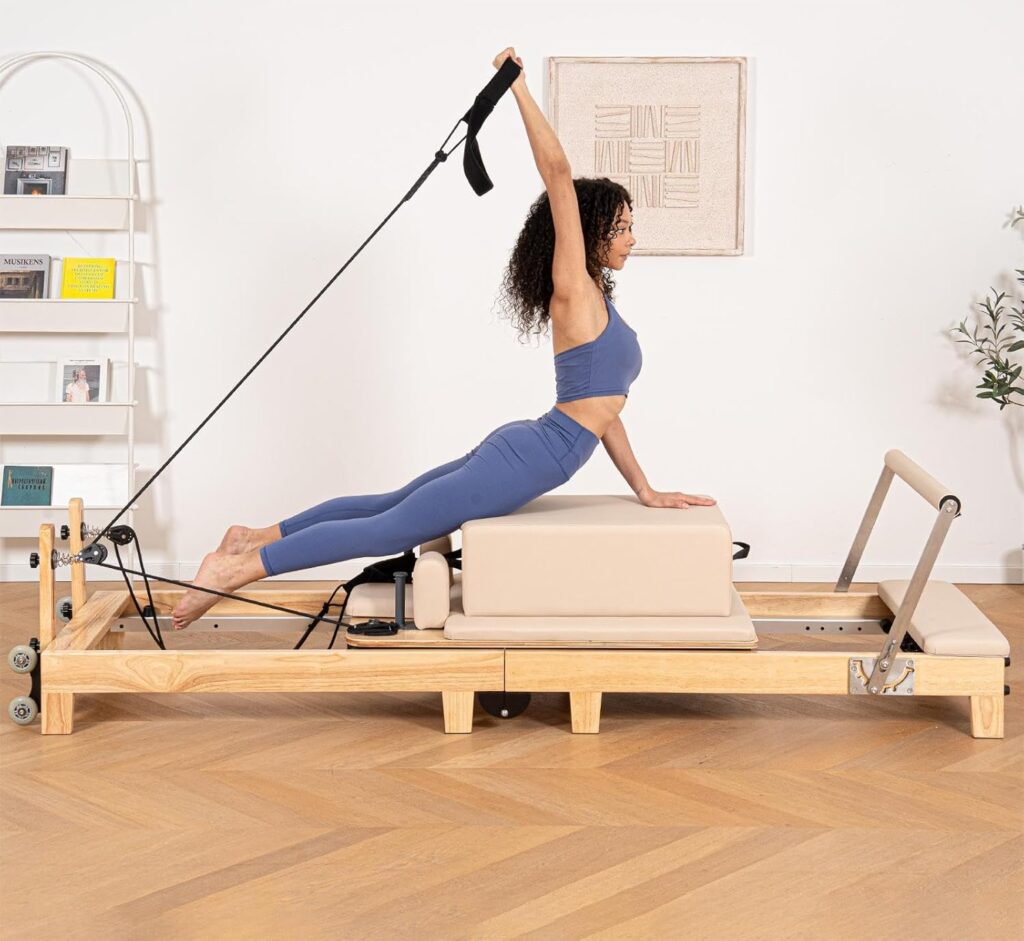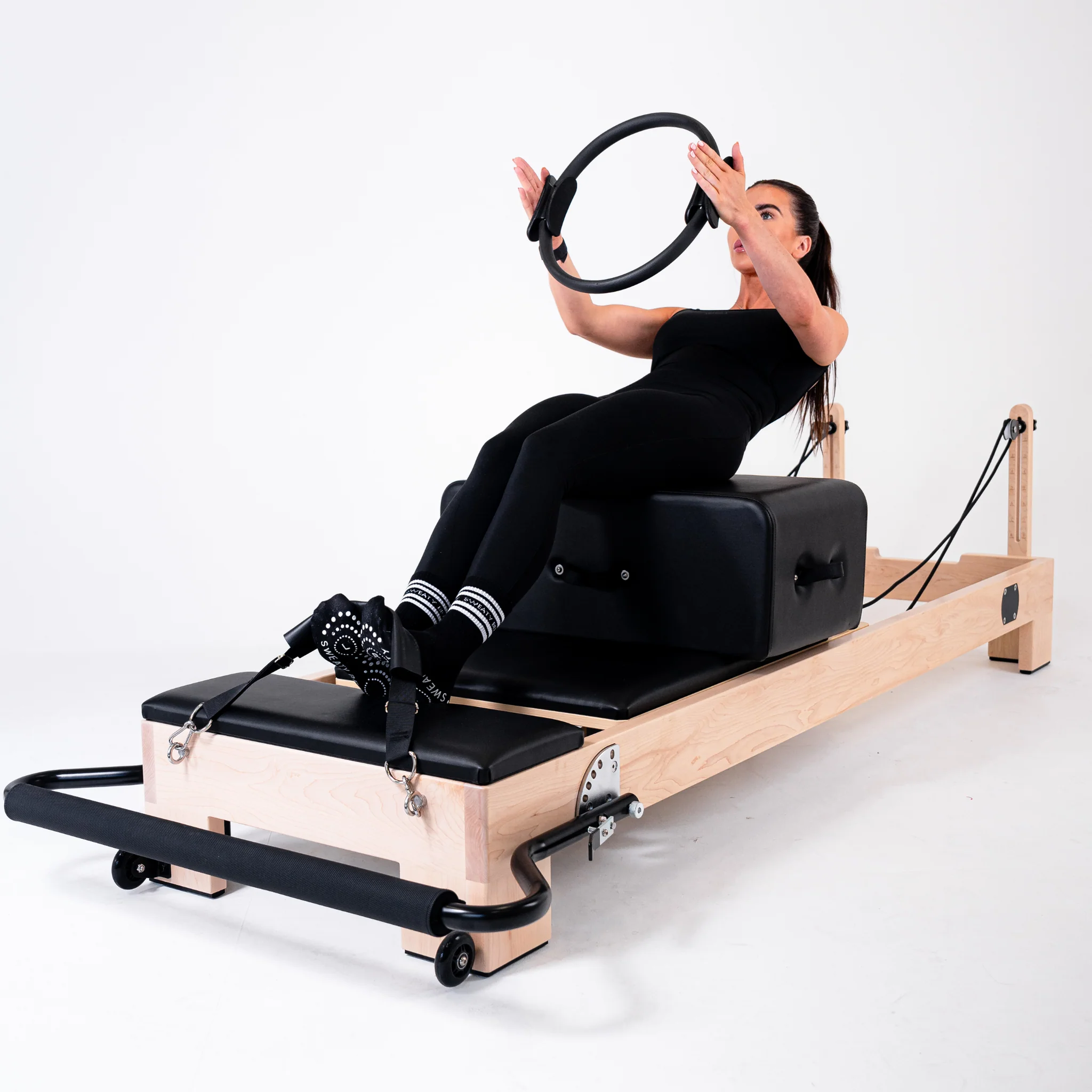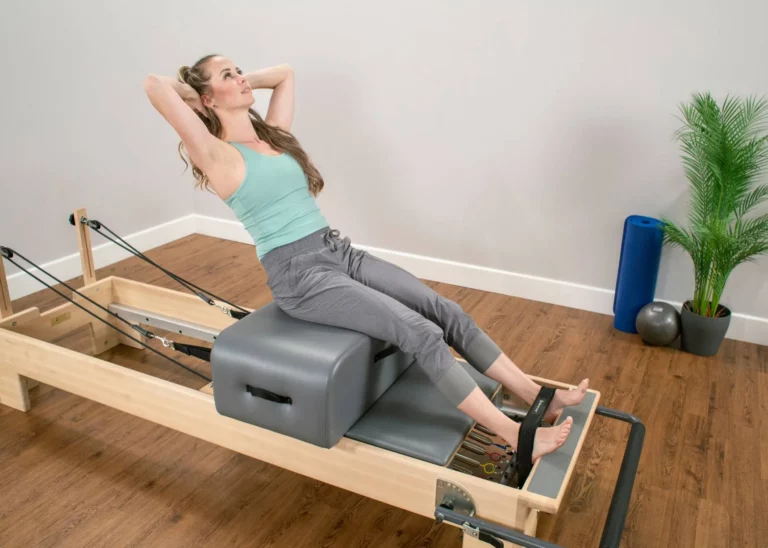In the realm of fitness and rehabilitation, the reformer box has emerged as a pivotal tool for enhancing stability and form. Originally designed for Pilates, this versatile apparatus has gained traction across various disciplines, from physical therapy to athletic training. Its unique design and functionality allow users to engage in a wide range of exercises that promote core strength, flexibility, and overall body awareness. This article delves into the benefits of using a reformer box, exploring how it can significantly improve stability and form.
Understanding the Reformer Box
The reformer box is a piece of equipment that consists of a sliding carriage, adjustable springs, and a frame. This design enables users to perform exercises in a controlled environment, where resistance can be easily modified to suit individual needs. The reformer’s versatility allows for a multitude of movements that target different muscle groups, making it an essential tool for anyone looking to enhance their physical performance.
The Mechanics of the Reformer Box
At its core, the reformer box operates on the principles of resistance training. The adjustable springs provide varying levels of resistance, allowing users to tailor their workouts according to their strength and skill level. This adaptability is crucial for both beginners and advanced practitioners, as it ensures that everyone can benefit from the reformer box regardless of their starting point.
Moreover, the sliding carriage promotes a full range of motion, encouraging users to engage their muscles effectively. This dynamic movement not only builds strength but also enhances coordination and balance, which are essential components of stability. The reformer box can be used for a variety of exercises, from gentle stretching to intense strength training, making it a versatile addition to any fitness routine. Users can seamlessly transition between different exercises, ensuring a comprehensive workout that addresses multiple areas of fitness in one session.
The Role of Core Stability
Core stability is fundamental to maintaining proper form during any physical activity. The reformer box specifically targets the core muscles, including the abdominals, obliques, and lower back. By engaging these muscles, users can develop a strong foundation that supports all other movements, reducing the risk of injury and improving overall performance.
Exercises performed on the reformer box often require the user to maintain a stable core while executing movements. This focus on core engagement helps to reinforce proper alignment and posture, which are critical for effective and safe exercise execution. Additionally, the reformer box allows for the integration of breathing techniques, further enhancing the mind-body connection. As users synchronise their breath with their movements, they not only improve their physical performance but also cultivate a sense of mindfulness and concentration, which can be beneficial in both fitness and daily life.
Benefits of Using a Reformer Box
The advantages of incorporating a reformer box into a fitness regimen are numerous. From improved stability to enhanced form, the benefits extend beyond mere aesthetics. Here are some key advantages of using this innovative piece of equipment.
Enhanced Muscle Control
One of the primary benefits of the reformer box is the improvement in muscle control. The resistance provided by the springs forces users to engage their muscles more consciously, leading to better muscle activation and coordination. This heightened awareness translates to improved performance in other physical activities, as users learn to control their movements with precision.
Furthermore, the reformer box encourages the development of stabilising muscles that are often neglected in traditional workouts. By focusing on these smaller muscle groups, users can achieve a more balanced physique, which is essential for overall stability. The reformer also allows for a variety of exercises that target different muscle groups, ensuring a comprehensive workout. For instance, movements such as leg circles and footwork can enhance hip stability and flexibility, while upper body exercises can improve posture and strength. This versatility makes the reformer box an invaluable tool for anyone looking to elevate their fitness journey.
Injury Prevention and Rehabilitation
For individuals recovering from injuries, the reformer box offers a safe and effective means of rehabilitation. The controlled environment allows for gradual progression, enabling users to build strength without overexerting themselves. Physical therapists often utilise the reformer box to help clients regain mobility and strength while ensuring that they maintain proper form throughout the healing process.
By focusing on stability and form, the reformer box not only aids in recovery but also helps to prevent future injuries. Strengthening the core and stabilising muscles reduces the likelihood of imbalances that can lead to pain or injury during other activities. Moreover, the reformer’s adjustable resistance levels mean that exercises can be tailored to the individual’s specific needs, making it suitable for all fitness levels, from beginners to advanced practitioners. This adaptability is particularly beneficial for those with chronic conditions or specific rehabilitation goals, as it allows for a personalised approach to recovery that can evolve over time.
Improving Form Through Targeted Exercises
The reformer box provides a platform for a variety of exercises that specifically target form and stability. Each movement can be tailored to focus on different aspects of physical fitness, ensuring a comprehensive workout that addresses multiple areas of concern. The versatility of the reformer allows practitioners to modify resistance levels and positions, making it suitable for individuals of all fitness levels, from beginners to advanced athletes. This adaptability not only enhances the effectiveness of each exercise but also encourages a deeper understanding of one’s body mechanics and movement patterns.
Key Exercises for Stability
Several exercises stand out when it comes to improving stability on the reformer box. These movements not only engage the core but also challenge balance and coordination. By incorporating these exercises into a regular routine, individuals can significantly enhance their overall physical resilience, which is crucial for daily activities and sports performance alike.

- Footwork: This foundational exercise involves pressing the footbar with the feet while maintaining a stable core and proper alignment. It builds strength in the legs and core, promoting overall stability. The rhythmic nature of footwork can also serve as a warm-up, preparing the body for more complex movements.
- Plank Variations: Performing planks on the reformer box adds an element of instability, forcing the core to engage more deeply. Variations such as side planks or knee tucks further enhance the challenge. These variations not only target the abdominal muscles but also engage the shoulders and hips, making them a holistic approach to core training.
- Single Leg Circles: This exercise targets hip stability and control. By performing circles with one leg while maintaining balance on the reformer, users can develop strength and coordination in their lower body. This movement is particularly beneficial for athletes, as it mimics the unilateral demands of many sports, helping to prevent injuries.
Exercises for Enhancing Form
In addition to stability, the reformer box is instrumental in improving overall form. Certain exercises are particularly effective in reinforcing proper alignment and posture. By focusing on these movements, practitioners can cultivate a greater awareness of their body, leading to improved performance in both fitness and daily activities.
- Swan: This exercise focuses on spinal extension, encouraging users to maintain a neutral spine while engaging the back muscles. It promotes better posture and alignment. Regular practice of the swan can alleviate tension in the lower back and enhance flexibility in the spine, which is essential for maintaining a healthy posture throughout the day.
- Teaser: A challenging movement that requires core strength and control, the teaser helps to improve overall body awareness and alignment. Mastering the teaser not only showcases an individual’s strength but also their ability to coordinate movement, making it a favourite among advanced practitioners.
- Rowing: This exercise targets the upper body while emphasising core engagement. It reinforces proper shoulder alignment and promotes a strong back. The rowing movement mimics actions performed in various sports, thereby translating well into functional strength that can enhance athletic performance.
Integrating the Reformer Box into Your Routine
For those looking to incorporate the reformer box into their fitness routine, it is essential to approach it with intention and mindfulness. Here are some tips for effectively integrating this powerful tool into your workouts.
Start with Professional Guidance
While the reformer box offers numerous benefits, it is advisable to begin with professional instruction. A qualified Pilates instructor or physical therapist can provide valuable insights into proper technique and form, ensuring that users maximise their workouts while minimising the risk of injury.
Learning the fundamentals of the reformer box under the guidance of a professional also allows users to develop a strong foundation. This knowledge will serve as a basis for more advanced exercises as they progress in their practice.
Set Realistic Goals
As with any fitness journey, setting realistic goals is crucial for success. Users should aim to gradually increase their strength and stability over time, rather than attempting to master advanced movements too quickly. This approach fosters a sense of accomplishment and encourages continued progress.
Tracking progress can also be beneficial. Keeping a journal of workouts and noting improvements in strength, stability, and form can help users stay motivated and focused on their goals.
The Mind-Body Connection
One of the most significant aspects of using a reformer box is the emphasis on the mind-body connection. This principle is central to Pilates and is integral to achieving optimal results from the reformer box.
Mindfulness in Movement
Practising mindfulness during workouts encourages users to focus on their movements and breath. This heightened awareness allows for better control and engagement of the muscles, leading to improved stability and form. The reformer box’s unique design facilitates this connection, as users must concentrate on their alignment and movement patterns.
Incorporating breathwork into reformer exercises can further enhance the mind-body connection. Coordinating breath with movement helps to centre the mind and body, promoting relaxation and focus during workouts.
Building Body Awareness
Using the reformer box fosters a deeper understanding of one’s body mechanics. Through consistent practice, users become more attuned to their movements, learning to identify areas of tension or weakness. This awareness is invaluable for improving overall performance, as it allows individuals to make necessary adjustments to their form and technique.

Conclusion
The reformer box is a powerful tool for improving stability and form, making it an invaluable addition to any fitness or rehabilitation programme. By engaging the core, enhancing muscle control, and promoting mindful movement, users can experience a multitude of benefits that extend beyond the reformer itself.
Whether one is a seasoned athlete, a fitness enthusiast, or someone recovering from an injury, the reformer box offers a unique and effective approach to achieving physical goals. With the right guidance and commitment, individuals can harness the power of the reformer box to enhance their stability, improve their form, and ultimately elevate their overall fitness journey.
See Also: Beginner’s shopping guide: where to buy Pilates Sitting Box at a great price.



